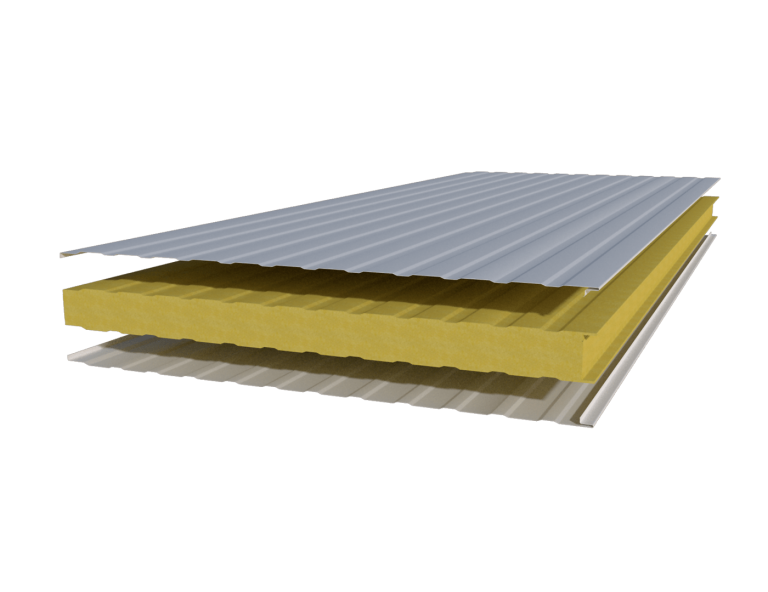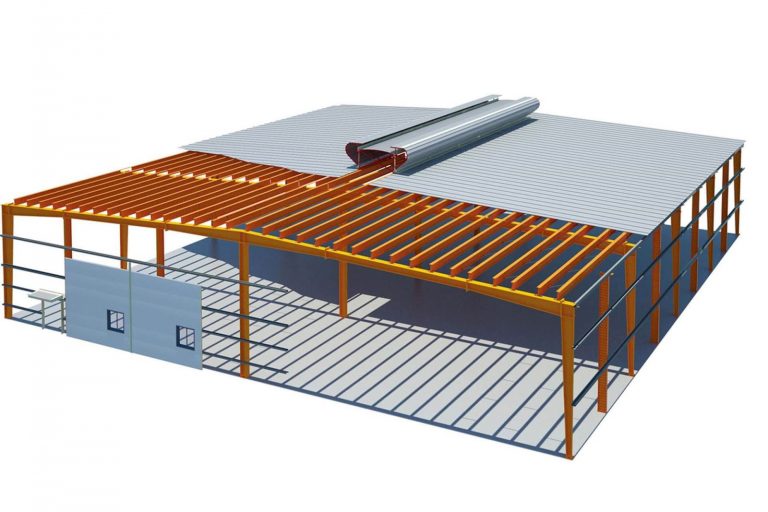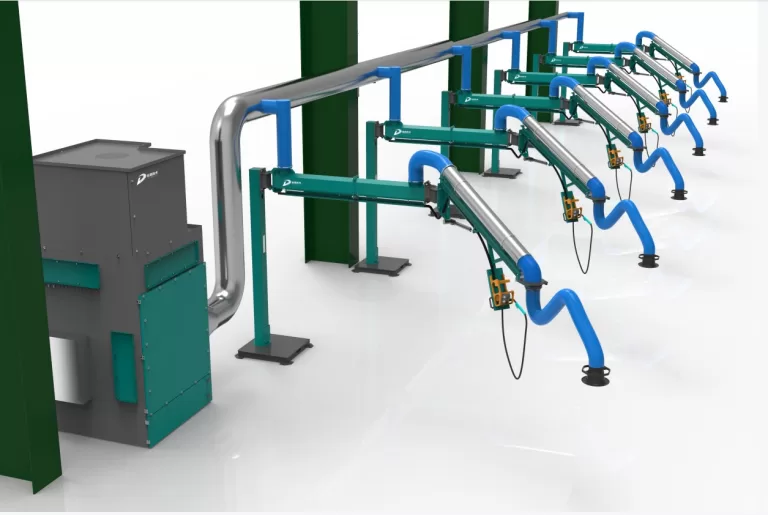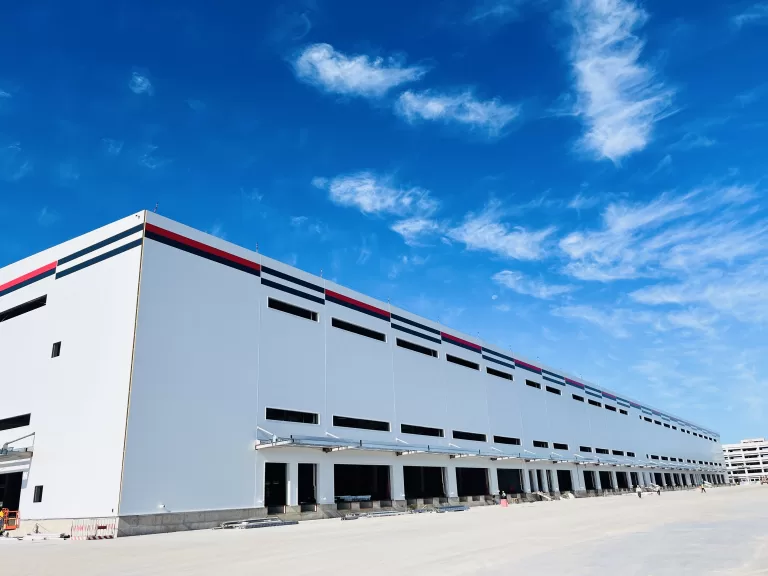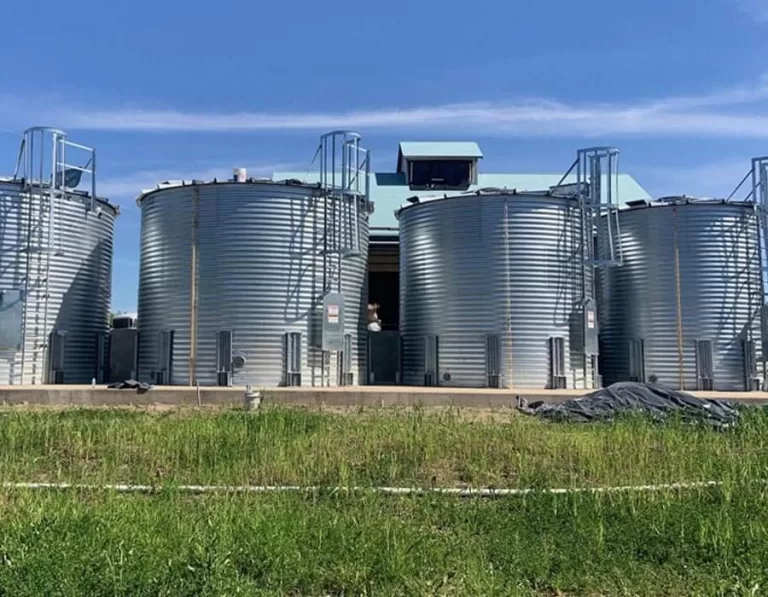Space frames are structural systems that are constructed using a framework of interconnected members, typically in a three-dimensional arrangement. They are commonly used in architectural and engineering applications due to their strength, versatility, and aesthetic appeal. Here are some key features of space frames:
- Geometric Complexity: Space frames consist of multiple interconnected members arranged in various geometric configurations, such as triangles, squares, hexagons, or octagons. This complexity allows for efficient distribution of loads and stresses.
- Lightweight: Space frames are often made from lightweight materials such as steel, aluminum, or composite materials. This results in a high strength-to-weight ratio, making them suitable for large span structures without excessive weight.
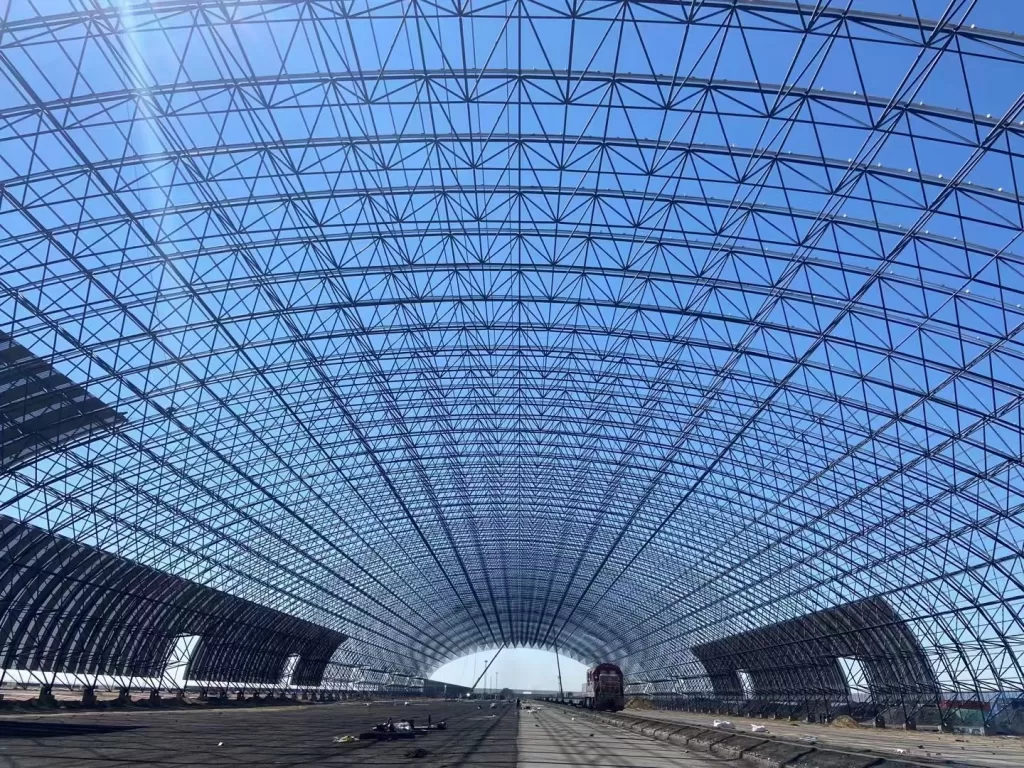
- High Load-Bearing Capacity: The geometric arrangement of members in a space frame enables it to efficiently distribute loads across the structure. This leads to a high load-bearing capacity, making them suitable for spanning large distances without the need for many internal supports.
- Versatility: Space frames can be adapted to various architectural styles and design requirements. Their modular nature allows for flexibility in design, enabling architects and engineers to create unique and intricate structures.
- Aesthetic Appeal: Space frames can be visually striking and architecturally appealing due to their intricate geometry. They are often used to create iconic structures like domes, atriums, and large roofs in public spaces.
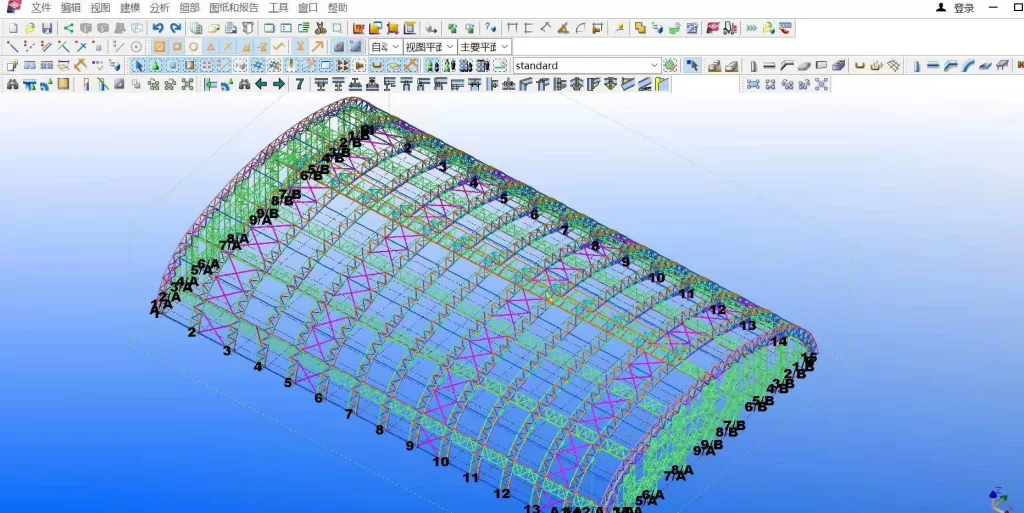
- Open Interior Spaces: The use of space frames can create open and unobstructed interior spaces since they require fewer internal supports compared to traditional building methods.
- Modular Construction: Space frames are constructed using modular components that can be prefabricated off-site and then assembled on-site. This can lead to faster construction times and reduced labor costs.
- Resistance to Environmental Loads: Space frames are designed to withstand various environmental loads such as wind, snow, and seismic forces due to their efficient load distribution system.
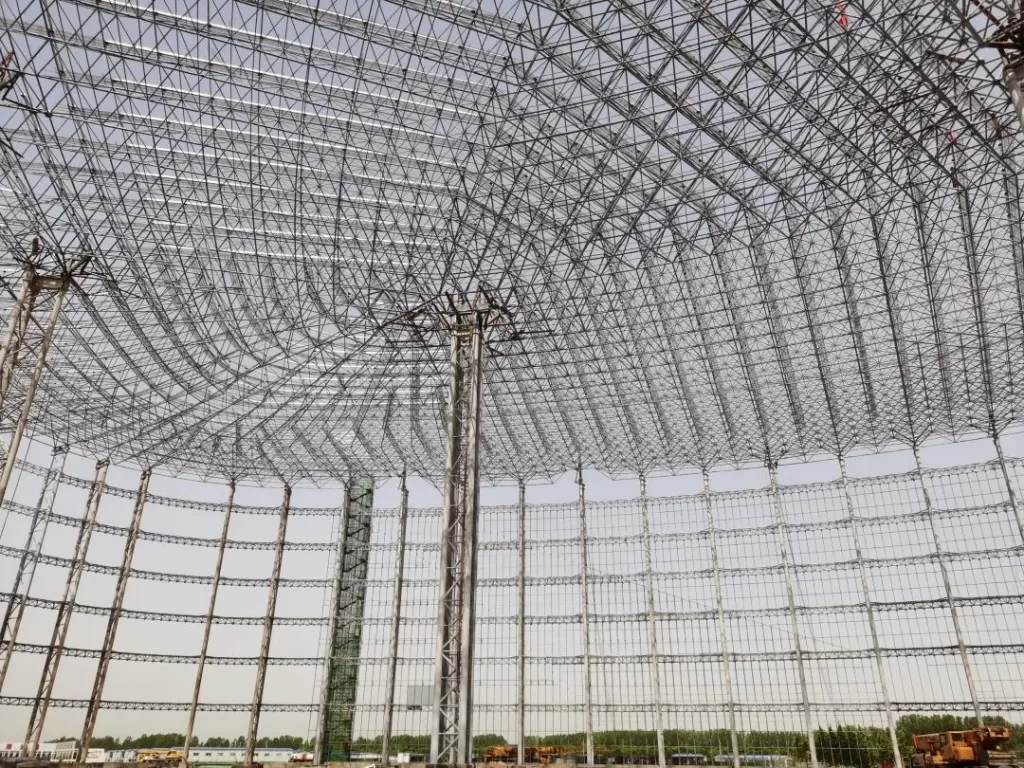
- Maintenance and Accessibility: Depending on the design, space frames can provide accessibility for maintenance purposes, allowing easy inspection and repair of the structure.
- Energy Efficiency: Space frames can allow for the integration of energy-efficient systems such as natural lighting, ventilation, and renewable energy sources, contributing to sustainable design.


